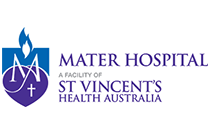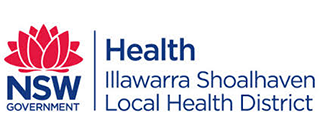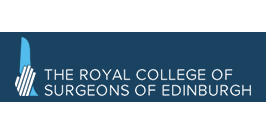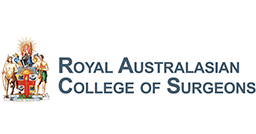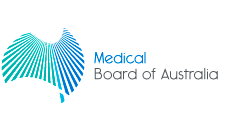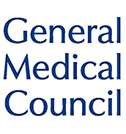Direct Anterior Approach Total Hip Replacement
This approach utilises the interval between Sartorial and Tensor Fascia Lata (TFL). These are muscles in front of the hip joint. You will be positioned on your back (supine) and your skin prepared and drapes placed to create a sterile field. Dr. Thornton-Bott will perform a small, vertical 8-10 cm incision over the TFL muscle. In some patients who wish to have a less visible scar, Dr. Thornton-Bott can perform this approach through a ‘Bikini’ incision which will be hidden by your underwear after your surgery.
Once sartorius and TFL are separated, the deeper muscles, gluteus medius and rectus femoris are also separated. There are some blood vessels here that are tied off to prevent bleeding. The capsule of the hip joint is thus exposed.
The capsule is opened and part of it is removed. The hip joint below is exposed using special retractors. The femoral neck is cut with a saw and the damaged, arthritic femoral head removed from the socket.
Once the socket is exposed special hemispherical reamers are used to remove the arthritic cartilage and bone from the socket and a titanium metal shell is then press-fit into your prepared socket. A plastic bearing or liner is then fitted into the shell. Dr. Thornton-Bott utilises Computer Navigation to accurately position the new cup, or acetabular component.
The femur is then elevated into a position to allow easy access to the neck cut. Again, special rasps and broaches are used to shape the bone in the top of the femur to accept the femoral stem. In strong bone, a press-fit stem can be used. In weaker bone the stem will often be inserted with special bone cement.
The determination which stem is used is usually on age, and a general cut off of 70 years is used, with patients above 70 having a cemented stem and those younger getting an uncemented stem. However, Dr. Thornton-Bott will regularly use uncemented stems in older patients with strong bone and will cement stems in younger patients if their bone is not so strong. Both methods have excellent results. Some surgeons will ALWAYS cement the stem and some surgeons are happy to use uncemented stems in ALL patients. Dr. Thornton-Bott believes each patient should get the best implant for their individual needs and so will choose accordingly.
Once the stem is inserted, a new ball is fitted to the stem and the hip joint is reduced. Dr. Thornton-Bott uses both clinical on-table assessment and computer navigation to assess stability of the hip and recreation of correct and equal leg length. He is able to do this very accurately using this approach.
Once happy with the joint, the hip is washed vigorously with saline and a lot of local anaesthetic is injected around the joint and surgical site for good post operative pain relief.
The wound is then carefully closed. Dr. Thornton-Bott NEVER uses staples but will use a dissolving suture in the skin edge which leaves a very neat and fine scar.
The wound is dressed and covered with a sterile, waterproof covering which will allow you to have a shower.
If you have an anterior approach hip replacement, there is no or minimal detachment of muscle so there is no repair to protect and minimal risk of dislocation. As such there are very few limitations or precautions following your surgery. If you have an uncemented, our ‘Press-Fit’ femoral stem, you will need to rise from a chair on your good leg and go up steps good leg first. This is because the metal stem puts stress into the bone of the femur, and with full functioning muscles around the hip (remember nothing is detached) the stress has been shown to cause fracture in a small number of patients. This ‘Protected Weight Bearing’ following Direct Anterior Hip has been seen to almost eliminate the risk of fracture. The stress dissipates after a few weeks and the protective activities are only kept up or the first 6 weeks.

